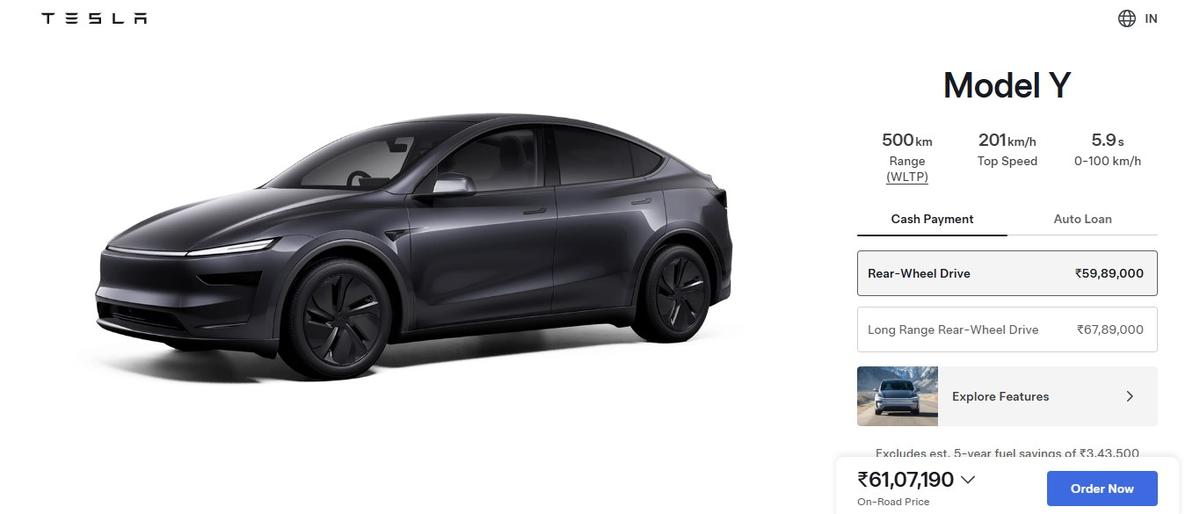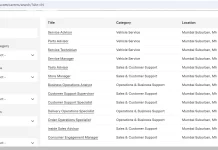Enthusiasts talked about how Tesla electric cars drive on autopilot when no one is driving
The magazine Consumer Reports, owned by the nonprofit Consumers Union, published the results of a study in which enthusiasts tried to get the 2020 Tesla Model Y electric car to move on autopilot when no one is driving. As a result, experts have found that they can ” easily make an electric car move, even if no one is sitting in the driver’s seat .”

According to reports, the Tesla Model Y was forced by putting a weighted chain on the steering wheel and fastening a seat belt in the driver’s seat. The study followed the fatal Tesla Model S crash a few days ago in Texas. An investigation into the incident was conducted by the National Transportation Safety Board (NTSB) and the National Highway Traffic Safety Administration (NHTSA). A preliminary police investigation showed that when the electric car crashed into a tree at high speed at the time of the accident, no one was driving, but at the same time, there were two men in the cabin.
A comprehensive investigation into this incident has not yet been completed, and authorities have not disclosed whether standard autopilot was used at the time of the accident or whether Tesla’s premium Full Self-Driving system was activated in the car. In any case, Tesla’s rules state that autonomous driving requires the presence of a driver and must be controlled by a person at all times.
Following this incident, Tesla CEO Elon Musk said the recovered data logs showed that the autopilot was not activated at the accident. The advanced autonomous driving system was not purchased for the electric vehicle. He also noted that there must be markings on the road for the standard autopilot to work, and there were no markings at the accident site. After Elon Musk’s statement, the Texas police planned to issue a warrant for the seizure of data on the accident.
A Consumer Reports study showed that Tesla’s system could not reliably establish whether the driver controls the autopilot. Indeed, it cannot understand whether there is a person in the driver’s seat. It was also found that Tesla’s autopilot, like many other similar systems, can work on roads without lane markings. Tesla is lagging behind other automakers such as General Motors and Ford, which use autopilot technology to track the driver’s head and direction of gaze, experts note.




